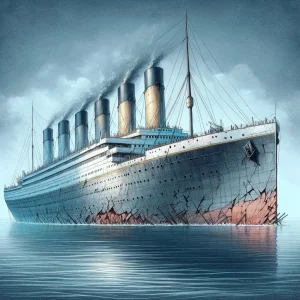
It was a clear, moonless night on April 14, 1912, when the unthinkable happened. The RMS Titanic, a marvel of modern engineering, struck an iceberg in the frigid waters of the North Atlantic. The “unsinkable” ship was doomed. As chaos unfolded, the fate of over 2,200 passengers and crew hung in the balance. The Titanic is more than just a ship; it represents a moment frozen in time, embodying both the pinnacle of technological achievement and the vulnerability of human ambition. This post will explore what happened after the great ship sank and lessons learned from its tragic end.
The Immediate Aftermath
Immediately after the collision, confusion and disbelief spread among the passengers and crew. The evacuation was chaotic, with lifeboats being launched partially filled due to miscommunication and a lack of training. The stark reality of the situation set in as the ship tilted dangerously. Hours later, the RMS Carpathia arrived, rescuing 705 survivors from the lifeboats. The Carpathia’s crew provided warmth and medical assistance, but the harsh reality of the 1,500 lives lost weighed heavily as the ship made its way to New York City.
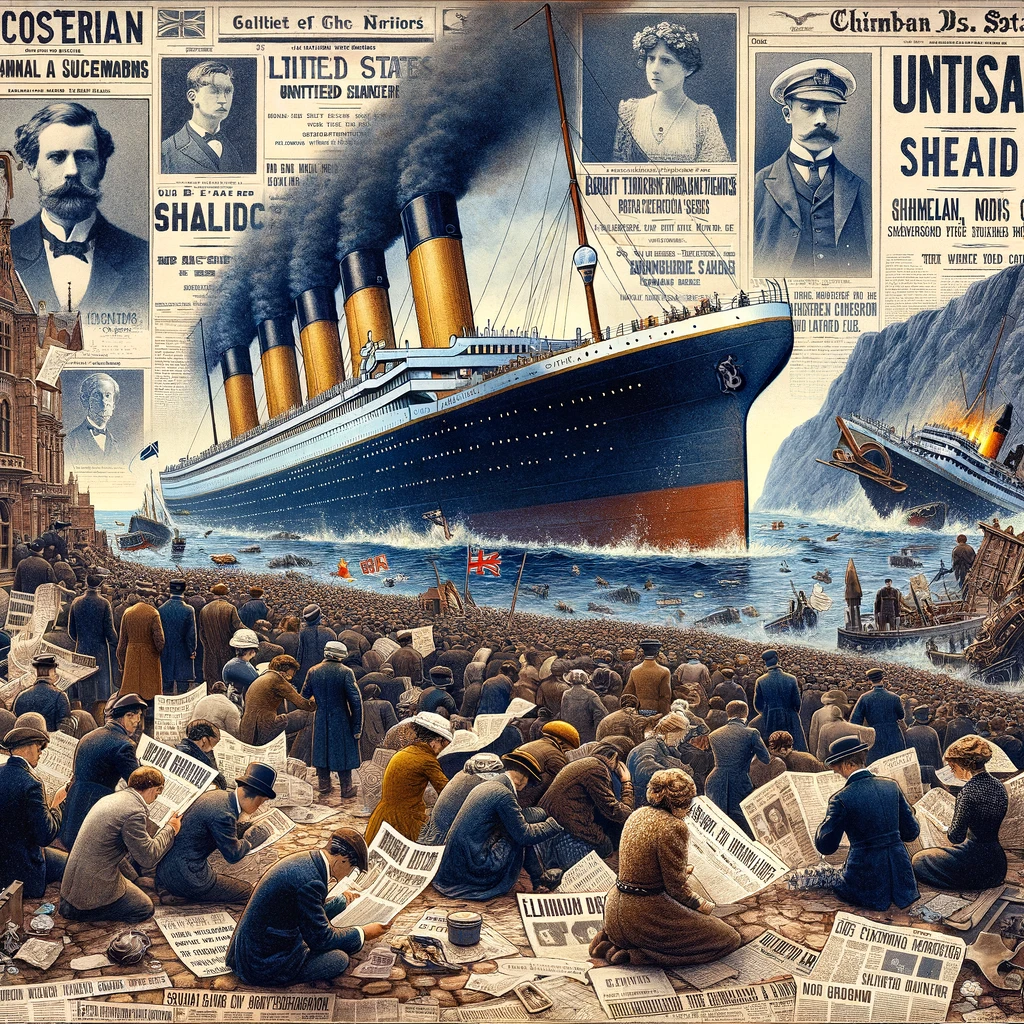
The World Reacts
In Britain, where the Titanic had been constructed and launched, the news was met with overwhelming shock and mourning. The British press was consumed with coverage, and the House of Commons called for immediate inquiries into the disaster. Public memorials and relief funds were quickly established to support the victims’ families.
In the United States, the reaction was a mixture of horror and outrage. American newspapers ran headlines for weeks, and the U.S. government held its own Senate inquiry, which was notably more critical of maritime practices and directly questioned the lack of sufficient lifeboats and the ship’s speed. In cities like New York, spontaneous memorials and vigils were held, reflecting the personal connections many felt due to the large number of American passengers on board.
In Sweden, the tragedy resonated deeply, particularly because many Swedish emigrants were among the passengers seeking a new life in North America. Swedish newspapers focused on the personal stories of these individuals, and communities across Sweden held gatherings to honour those who had perished.
Did You Know?
The Titanic had its own newspaper called the “Atlantic Daily Bulletin,” printed onboard using the latest news received via wireless telegraph. The last known issue was printed on the evening of the sinking, serving as a poignant reminder of daily life despite impending disaster.
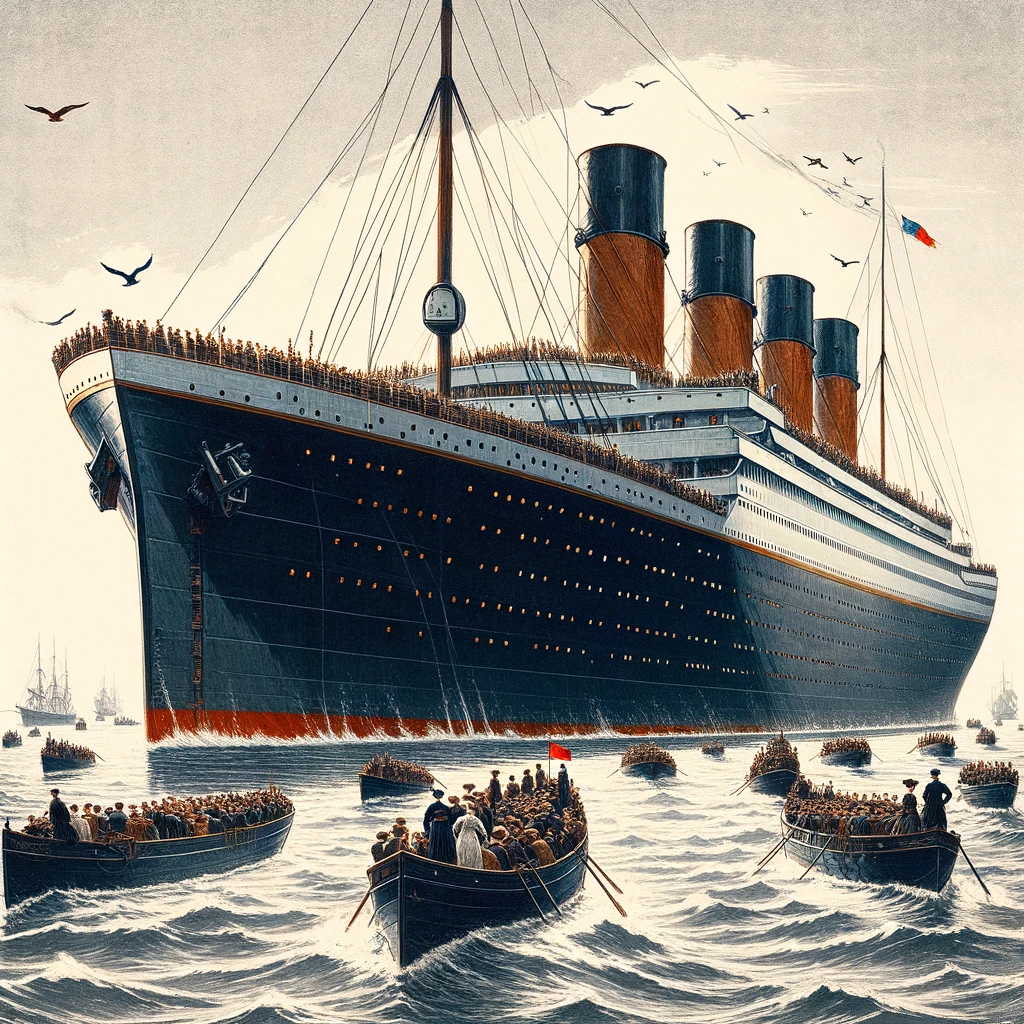
So, Why did the Titanic sink?
The Titanic was deemed the pinnacle of shipbuilding innovation at the time, but several critical design flaws contributed to its vulnerability. One major issue was the ship’s hull, which was constructed with iron rivets that were weaker in some areas, particularly at the bow and stern. These rivets did not hold under the immense pressure of the collision with the iceberg, leading to the rapid flooding of the ship.
Insufficient Lifeboats
Despite its size and the number of passengers it carried, the Titanic was equipped with lifeboats that could only accommodate about half of those on board. This decision was influenced by outdated maritime safety regulations, which calculated lifeboat capacity based on the ship’s weight rather than its passenger capacity. This grave oversight meant that even if the evacuation had been perfectly executed, many people would still not have had access to a lifeboat.
Watertight Compartments
The Titanic featured watertight compartments designed to limit flooding to certain sections of the ship. However, these compartments did not extend high enough above the waterline. When the Titanic struck the iceberg, the impact was enough to flood several compartments simultaneously, exceeding the design’s limits. The interconnected nature of the compartments also meant that as the ship’s bow dipped, water spilled from one compartment into the next, hastening the sinking.
Misjudgments and Miscommunications
The Titanic’s crew also suffered from critical misjudgments and miscommunications. The ship was sailing too fast for the icy conditions, and the lookout had not been provided with binoculars, which could have helped spot the iceberg sooner. Additionally, communications regarding ice warnings from other ships did not reach the bridge or were not heeded with the urgency they required.
Overlooked Safety Measures
The lack of adequate lifeboat drills and the ship’s officers’ unfamiliarity with the new vessel contributed significantly to the disaster. The Titanic had been at sea for just four days, and no lifeboat drills had been conducted with the passengers. When the ship struck the iceberg, confusion and misinformation spread quickly, complicating the evacuation process. Lifeboats were launched underfilled, with some capable of carrying 65 people pushed away carrying only 28.
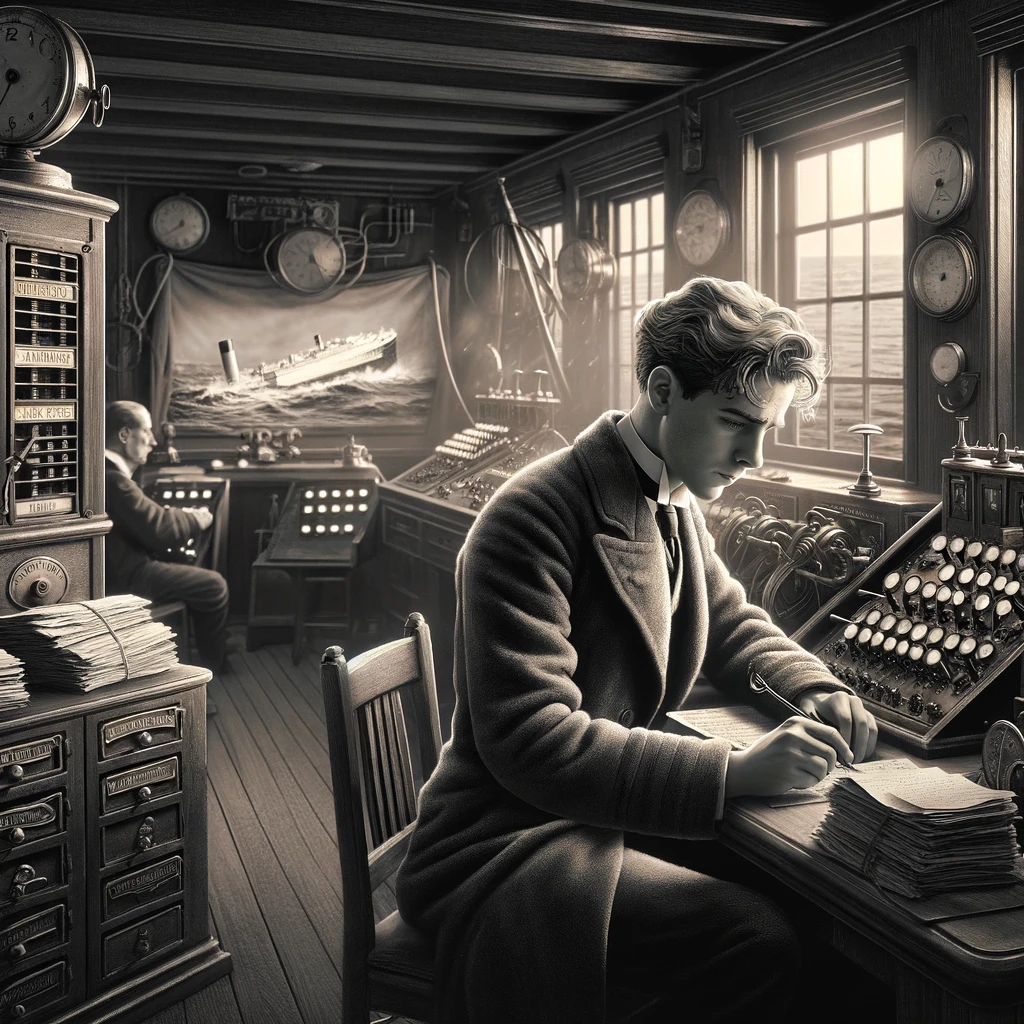
Ignored Warnings and Miscommunications
On the night of the sinking, the Titanic’s wireless operators received multiple iceberg warnings from nearby ships. However, these warnings were not given the urgency or priority they required. A critical message from the nearby SS Californian, indicating ice directly in the Titanic’s path, was brushed off by the Titanic’s senior wireless operator, who was preoccupied with transmitting passenger messages.
Changes in Maritime Laws
The sinking of the Titanic led to significant changes in maritime safety regulations. The International Convention for the Safety of Life at Sea (SOLAS) was established in 1914, mandating sufficient lifeboats for all passengers, continuous radio watches, and regular lifeboat drills.
These changes have profoundly affected maritime safety standards worldwide, ensuring that the tragedy of the Titanic would not be repeated. Modern ships are equipped with advanced safety features and protocols, reflecting the lessons learned from that fateful night.
The Titanic’s story teaches us valuable lessons about safety and human limitations. As we remember the lives impacted by this tragedy, we are reminded of the importance of vigilance and preparedness. In the words of Titanic survivor Eva Hart, “Safety must come first and not last.”

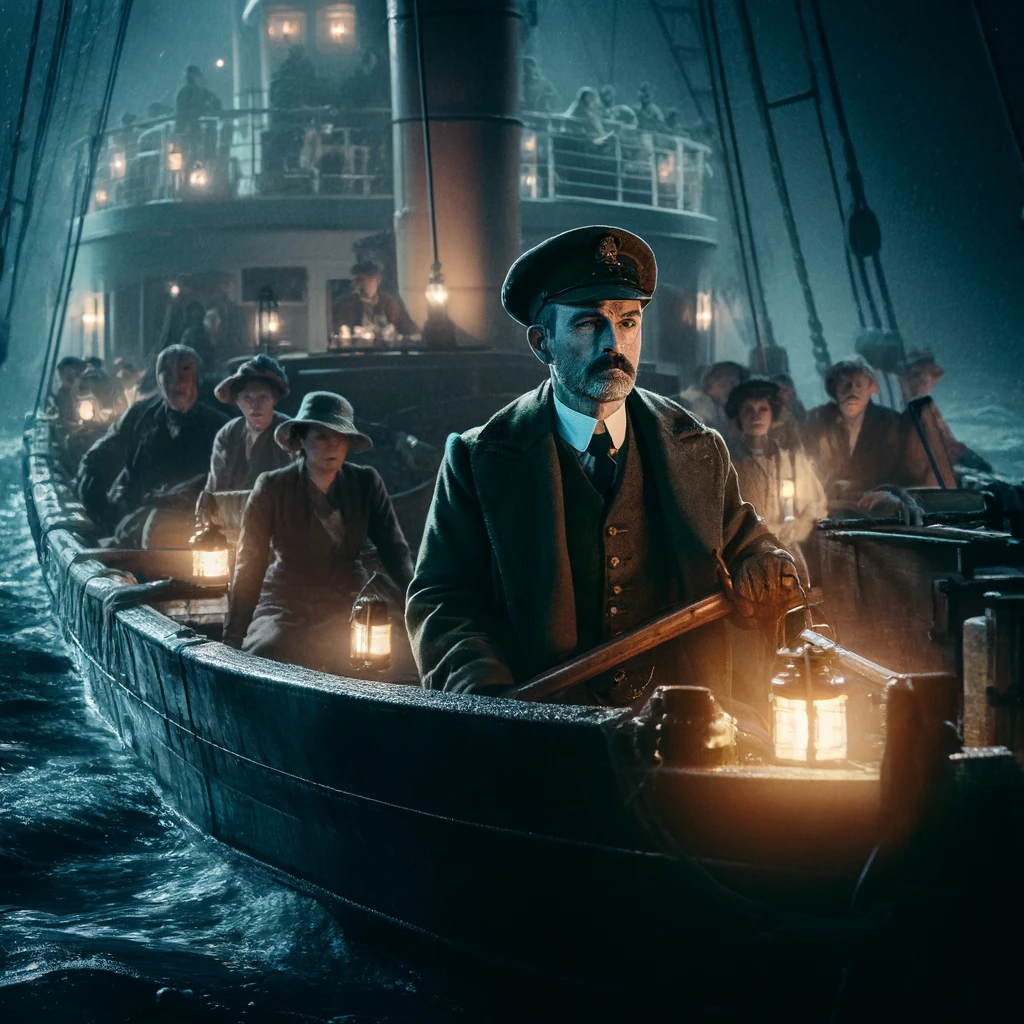
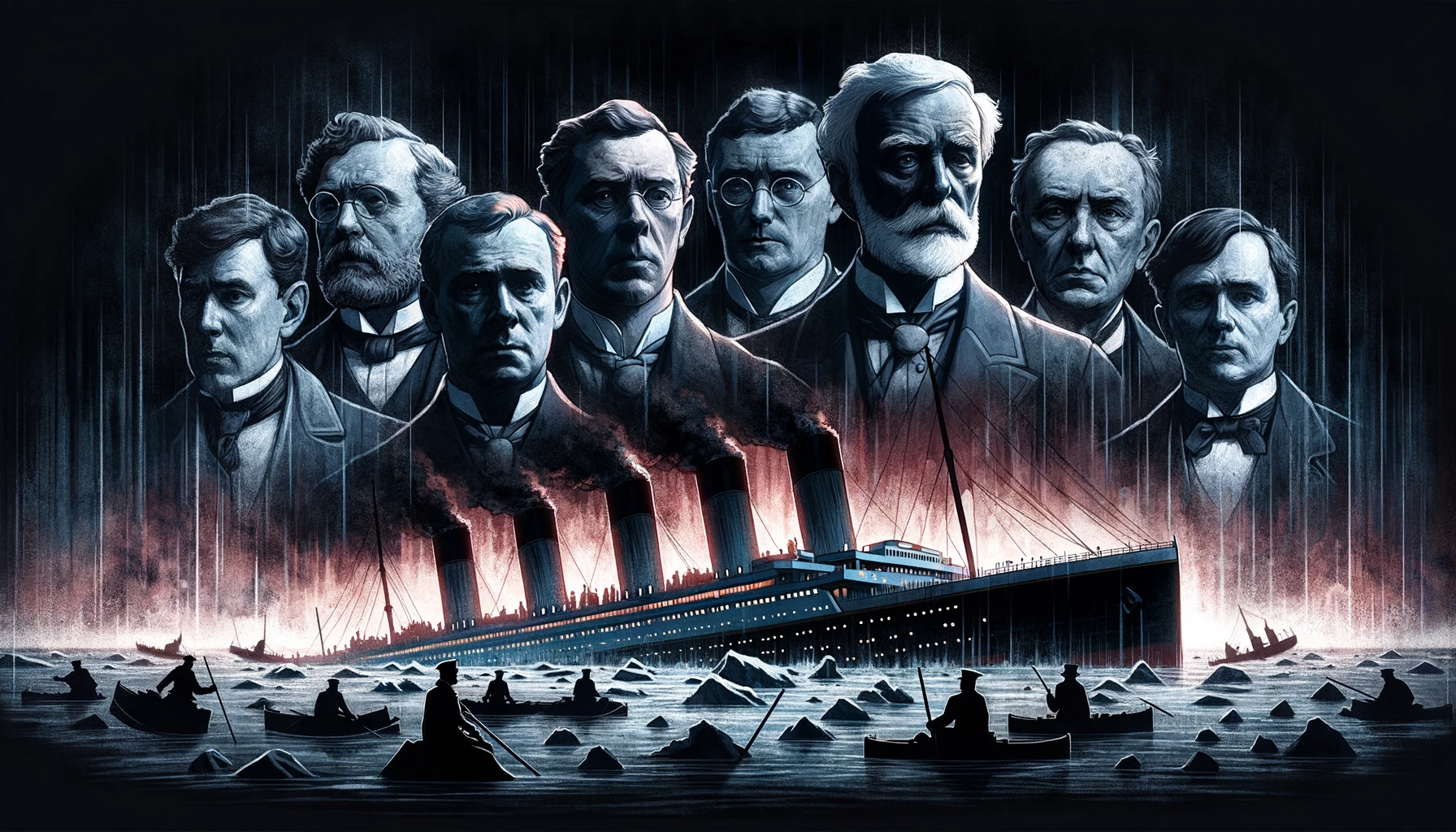
0 Comments